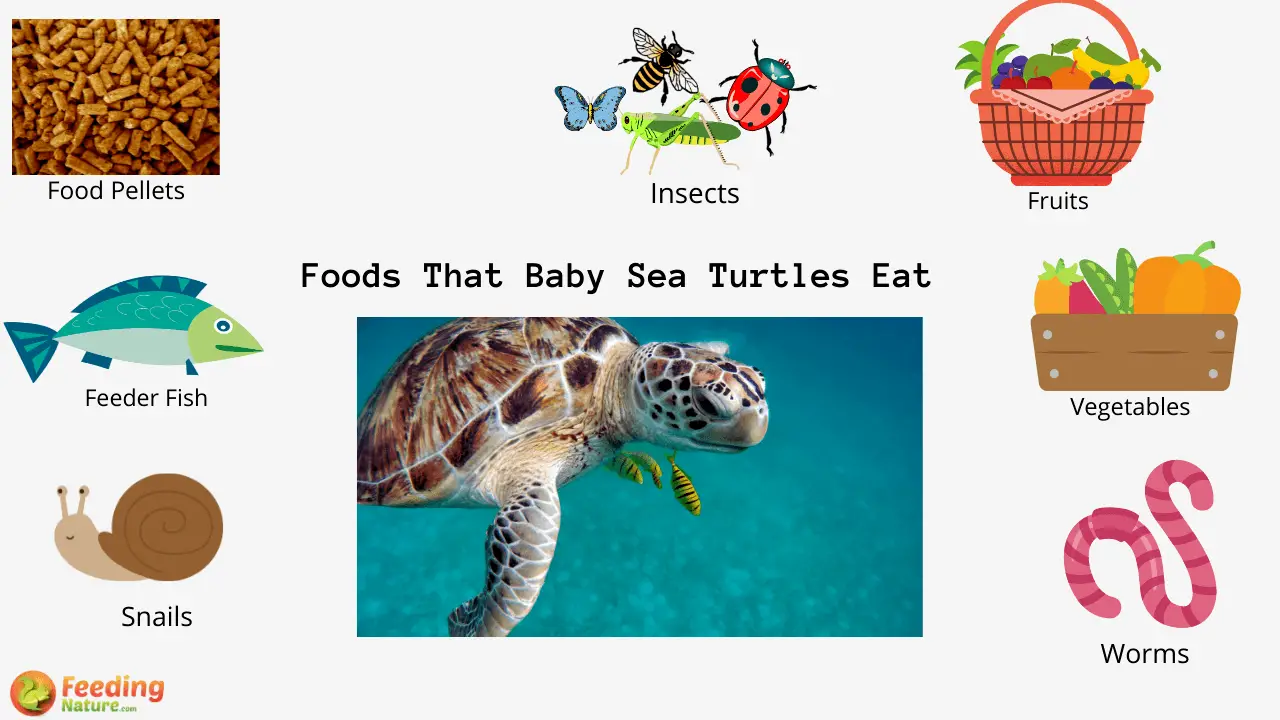Are you a proud owner of a baby turtle? If so, you’ll be interested to know about the benefits of incorporating live prey into their diet. Many turtle enthusiasts may not realize this, but offering live prey to these tiny reptiles can have a tremendous impact on their overall health and development. By providing them with a more natural feeding experience, live prey encourages exercise, stimulates their hunting instincts, and enhances their growth. In this article, we will explore the advantages of introducing live prey into your baby turtle’s diet and how it can contribute to their long-term well-being. So, let’s dive in and discover the fascinating world of live prey and baby turtles!
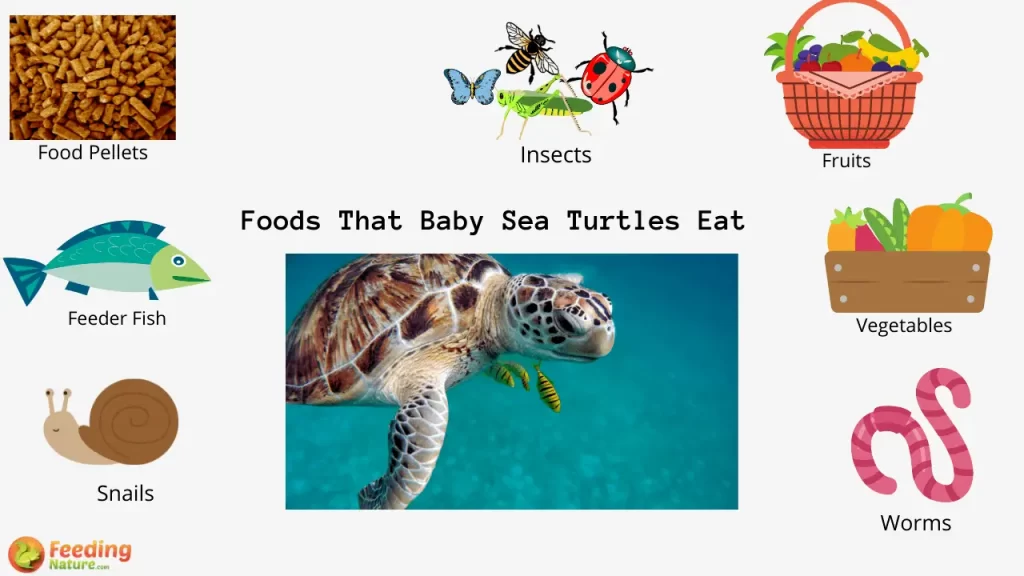
1. Improved Nutritional Value
When it comes to the nutritional needs of baby turtles, incorporating live prey into their diet can greatly enhance their overall nutrition. Here are some key ways in which live prey can improve the nutritional value of your baby turtle’s diet.
1.1 Increased Protein Intake
Protein is essential for the growth and development of baby turtles. Live prey, such as insects and small aquatic organisms, are rich in protein, making them an excellent source for fulfilling the high protein requirements of growing turtles. Protein is crucial for muscle development, shell growth, and overall body function, making it a vital component of a baby turtle’s diet.
1.2 Essential Nutrients
Live prey also provides a wide range of essential nutrients that are necessary for the healthy development of baby turtles. These nutrients include vitamins, minerals, and fatty acids. By incorporating live prey into your turtle’s diet, you can ensure that they receive a well-rounded nutritional profile, promoting optimal growth and overall health.
1.3 Balanced Diet
Incorporating live prey into your baby turtle’s diet helps to create a balanced and varied diet. Different types of live prey offer different nutritional profiles, ensuring that your turtle receives a diverse range of nutrients. This diversity helps to prevent nutrient deficiencies and promotes overall health and wellbeing.
1.4 Higher Absorption of Nutrients
Live prey provides fresh and natural food sources for baby turtles, which can lead to higher nutrient absorption. Live prey is more easily digested and assimilated by turtles compared to processed or commercial turtle food. By feeding your baby turtle live prey, you can optimize their nutrient absorption, leading to better overall health and development.
2. Development of Natural Hunting Skills
Feeding baby turtles with live prey offers more than just nutrition – it also helps in the development of their natural hunting skills. Here’s how incorporating live prey into their diet can enhance their hunting abilities.
2.1 Instinct Development
By offering live prey as a food source, baby turtles are given the opportunity to develop and hone their natural hunting instincts. In the wild, turtles rely on their hunting skills to find and capture their prey. Feeding them live prey allows them to simulate this natural hunting behavior, encouraging instinctual development and enhancing their overall hunting capabilities.
2.2 Enhanced Hunting Techniques
When baby turtles are exposed to live prey, they learn and adapt their hunting techniques to effectively capture and consume their food. This includes learning how to stalk, chase, and capture their prey. These enhanced hunting techniques not only help them in their search for food, but also serve as a form of mental and physical exercise, promoting their overall development.
2.3 Stimulated Brain Activity
Engaging in the pursuit and capture of live prey triggers various senses and stimulates brain activity in baby turtles. This heightened mental stimulation helps in the development of their cognitive functions and increases their overall alertness. By incorporating live prey into their diet, you are providing a stimulating environment for your baby turtle, which in turn supports their brain development and overall cognitive abilities.
3. Encourages Physical Exercise
In addition to the nutritional and developmental benefits, incorporating live prey into a baby turtle’s diet also encourages physical exercise. Here’s how this natural feeding behavior promotes physical activity and contributes to their overall health.
3.1 Increased Activity Levels
When baby turtles are engaged in hunting live prey, they naturally become more active. The pursuit, capture, and consumption of live prey require physical movement, resulting in increased activity levels for your turtle. This additional exercise supports healthy muscle development, cardiovascular health, and overall physical fitness.
3.2 Strengthened Muscles
The physical activity involved in hunting live prey helps to strengthen the muscles of baby turtles. As they move and navigate their environment in search of their prey, their muscles are engaged and worked, leading to stronger and more developed musculature. Strong muscles are essential for a turtle’s mobility and overall health.
3.3 Improved Coordination
Hunting live prey requires the coordination of various bodily movements, including swimming, crawling, and maneuvering to capture the prey. Through this constant practice, baby turtles develop and refine their coordination skills, improving their overall motor skills and spatial awareness. The enhanced coordination not only helps in their hunting endeavors but also in their everyday movements, making them more agile and efficient.
3.4 Preventing Obesity
Regular physical exercise from hunting live prey helps to prevent obesity in baby turtles. Obesity can lead to a range of health issues, including joint problems, reduced mobility, and increased risk of disease. By encouraging physical activity through the inclusion of live prey in their diet, you can help maintain a healthy weight for your baby turtle and ensure their long-term well-being.
4. Enhanced Shell and Bone Development
Proper shell and bone development are crucial for the health and longevity of baby turtles. Live prey can play a significant role in enhancing shell and bone development in these young reptiles. Here’s how:
4.1 Calcium and Phosphorus
Calcium and phosphorus are essential minerals for the growth of a turtle’s shell and bones. Live prey, such as calcium-rich insects and crustaceans, provide these minerals in a natural and readily digestible form. By incorporating live prey with high calcium and phosphorus content into their diet, you can support the healthy development and maintenance of your baby turtle’s shell and bones.
4.2 Stronger Shell
A strong and healthy shell is vital for protecting a baby turtle’s internal organs and providing overall structural support. The natural movement and biting action required to consume live prey encourage the development of strong shell muscles and reinforce the structure of their shell. By incorporating live prey into their diet, you can promote the growth and strength of your baby turtle’s shell, ensuring their long-term well-being.
4.3 Healthy Bone Growth
Live prey also contributes to the healthy growth of baby turtle’s bones. The activity involved in capturing and consuming live prey stimulates bone development and helps to maintain bone density. As their bones continue to grow, the nutrients obtained from live prey support proper bone formation and strength. Healthy bone growth is essential for the overall structure and functionality of a baby turtle’s body.
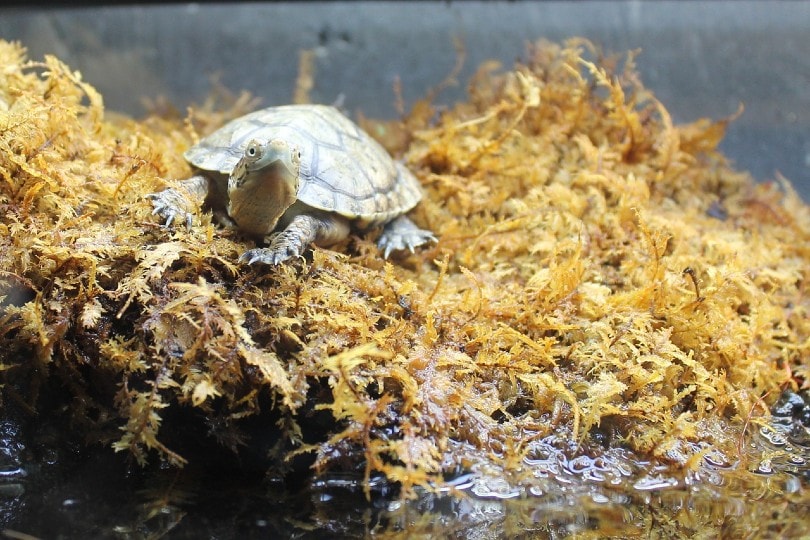
5. Stronger Immune System
A robust immune system is essential for the overall health and well-being of baby turtles. Feeding them live prey can help strengthen their immune system and provide protection against common illnesses. Here’s how incorporating live prey into their diet can support their immune function.
5.1 Exposure to Natural Bacteria
Live prey, especially those collected from natural environments, carry beneficial bacteria that are beneficial for the digestive system and overall immune function. By consuming live prey, baby turtles are exposed to these natural bacteria, which helps to populate their digestive tract with healthy microorganisms. These beneficial bacteria enhance the immune system’s ability to ward off pathogens and maintain a healthy gut.
5.2 Production of Antibodies
By being exposed to various types of live prey, baby turtles are naturally exposed to different antigens. This exposure stimulates their immune system to produce antibodies, which are essential in recognizing and neutralizing harmful substances and pathogens. The production of antibodies through the consumption of live prey helps strengthen their immune response and protects them against potential diseases and infections.
6. Behavioral Stimulus
Feeding baby turtles with live prey not only fulfills their nutritional needs but also provides important behavioral stimulation. Here are some ways in which incorporating live prey into their diet can benefit their behavior and overall well-being.
6.1 Preventing Boredom
Incorporating live prey into a baby turtle’s diet can prevent boredom and provide mental stimulation. The natural hunting behavior required to catch and consume live prey keeps their minds engaged and prevents them from becoming bored or lethargic. Mental stimulation is crucial for the overall happiness and well-being of baby turtles, keeping them active and stimulated.
6.2 Mimicking Natural Habitat
Feeding baby turtles with live prey replicates their natural feeding habits in the wild. By simulating their natural hunting behavior, you create an environment that closely resembles their natural habitat. This mimicry provides a sense of familiarity and comfort for your baby turtle, reducing stress and promoting their overall well-being.
6.3 Reducing Stress
Live prey provides an outlet for a baby turtle’s natural instincts and behaviors, which can help reduce stress levels. The opportunity to engage in hunting and feeding behaviors provides a sense of fulfillment for your turtle, allowing them to express their natural instincts. By incorporating live prey into their diet, you are providing a positive and enriching environment that helps reduce stress and promotes their overall mental health.
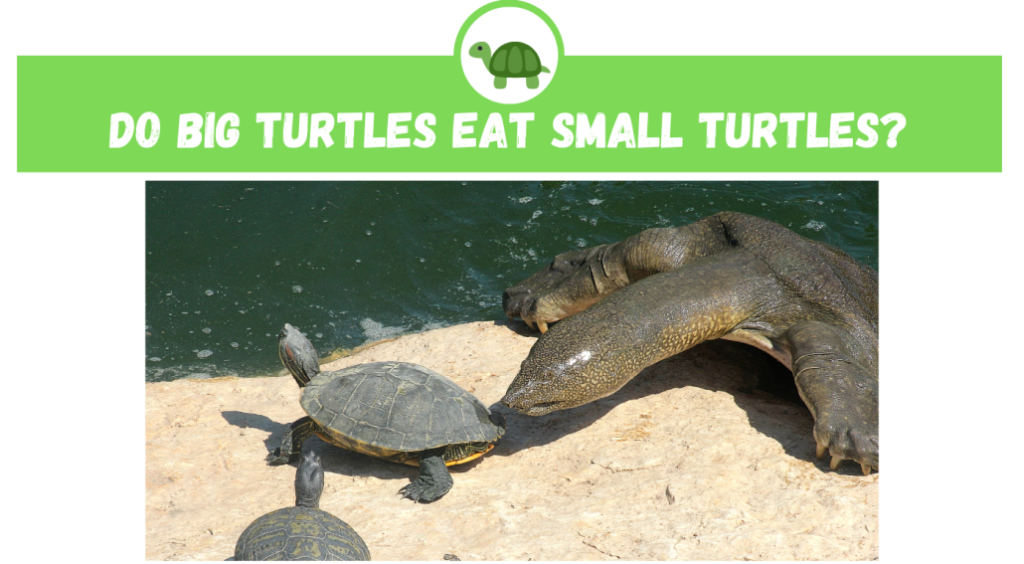
7. Preventing Malnutrition
Feeding baby turtles with live prey helps prevent malnutrition and ensures they receive a well-rounded diet. Here are some reasons why incorporating live prey into their diet is essential for avoiding nutritional deficiencies.
7.1 Consequences of Poor Diet
A poor diet can lead to various health issues for baby turtles, including stunted growth, weakened immunity, and developmental disorders. Feeding them solely with processed or commercial turtle food may not provide all the necessary nutrients they require. By incorporating live prey into their diet, you can ensure that your baby turtle receives a diverse and nutrient-rich diet, reducing the risk of malnutrition and associated health problems.
7.2 Avoiding Vitamin Deficiencies
Live prey, such as insects and small aquatic organisms, are often rich in essential vitamins that are necessary for the health and development of baby turtles. These vitamins include vitamin A, vitamin D, and vitamin E, among others. By incorporating live prey into their diet, you can help avoid vitamin deficiencies and ensure that your baby turtle receives the necessary vitamins for optimal growth and overall health.
8. Suitable for Various Turtle Species
Incorporating live prey into a baby turtle’s diet is beneficial for a wide range of turtle species. Here are a few reasons why live prey is suitable for different turtle species, regardless of their natural diet or age.
8.1 Differences in Natural Diet
Different turtle species have varying natural diets, but live prey can be incorporated into their diets regardless of their specific dietary requirements. Live prey offers a versatile and natural food source that can be adjusted to meet the needs of different turtle species. Whether your baby turtle is an herbivore, omnivore, or carnivore, incorporating live prey into their diet can provide numerous benefits without compromising their natural feeding habits.
8.2 Applicable to Different Ages
Incorporating live prey into a baby turtle’s diet is suitable for turtles of all ages. From hatchlings to juvenile turtles, live prey offers a nutrient-dense food source that supports their growth and development. As baby turtles transition into adulthood, live prey can still form part of their diet, providing necessary nutrients and continuing to promote their overall health. Live prey is adaptable and can be included at various stages of a turtle’s life.
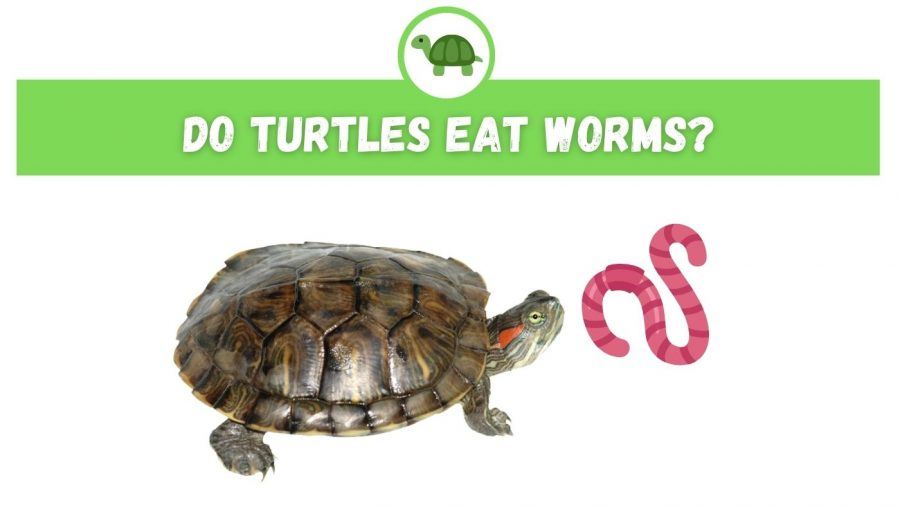
9. Bonding Between Owner and Turtle
Feeding baby turtles with live prey offers an opportunity for bonding between the owner and their pet. Here are some ways in which incorporating live prey into their diet can help strengthen the bond between you and your baby turtle.
9.1 Engaging Interaction
Feeding baby turtles with live prey creates an engaging and interactive experience. As you introduce live prey into their habitat, you become an active participant in their feeding routine. This interaction allows you to connect with your baby turtle on a deeper level and establishes a bond based on trust and mutual dependence. The engaging nature of feeding live prey allows for shared experiences and strengthens the bond between owner and turtle.
9.2 Learning to Recognize Owner
Through the consistent interaction and feeding sessions involving live prey, baby turtles learn to recognize their owner and associate them with positive experiences. As your turtle anticipates and looks forward to their feeding sessions, they begin to associate you with the source of their nourishment. This recognition builds a sense of familiarity and trust between you and your baby turtle, strengthening the bond and fostering a positive relationship.
9.3 Positive Association with Feeding
Feeding baby turtles with live prey can create a positive association between food and their owner. By providing live prey as their food source, you are offering a more natural and exciting feeding experience for your baby turtle. This positive association helps to build a stronger bond with your turtle, as they associate you with the pleasurable experience of hunting and consuming their food. The positive feeding association fosters a sense of security and contentment for your baby turtle.
10. Cost-Effective and Easily Accessible
Incorporating live prey into a baby turtle’s diet is not only advantageous in terms of the benefits it provides but also in its cost-effectiveness and accessibility. Here are a few reasons why live prey is a practical feeding option for baby turtles.
10.1 Availability of Live Prey
Live prey, such as insects and small aquatic organisms, are readily available from various sources. These sources include pet stores, specialized breeders, or even your own backyard. The availability of live prey ensures that you can provide a constant and diverse food source for your baby turtle without major difficulties.
10.2 Low Maintenance Required
Feeding baby turtles with live prey involves minimal maintenance compared to other feeding options. Once you acquire the live prey, they require minimal care, such as providing adequate food and water for their longevity. This low maintenance aspect makes feeding your baby turtle with live prey a convenient and hassle-free option.
10.3 Affordable Feeding Option
Feeding baby turtles with live prey can be a cost-effective option in the long run. While live prey may initially require some investment, the overall cost is often lower compared to providing a varied diet solely through commercial turtle food. By incorporating live prey into their diet, you can ensure that your baby turtle receives the necessary nutrition without breaking the bank.
In conclusion, incorporating live prey into a baby turtle’s diet offers numerous benefits that contribute to their overall health, development, and well-being. From improved nutrition and natural hunting skills to physical exercise, enhanced shell and bone development, and a stronger immune system, the advantages of live prey are extensive. Additionally, live prey encourages behavioral stimulation, prevents malnutrition, promotes bonding between owner and turtle, and is a cost-effective and easily accessible feeding option. By incorporating live prey into your baby turtle’s diet, you are providing them with a nutrient-rich, engaging, and natural feeding experience that supports their growth, development, and happiness.

